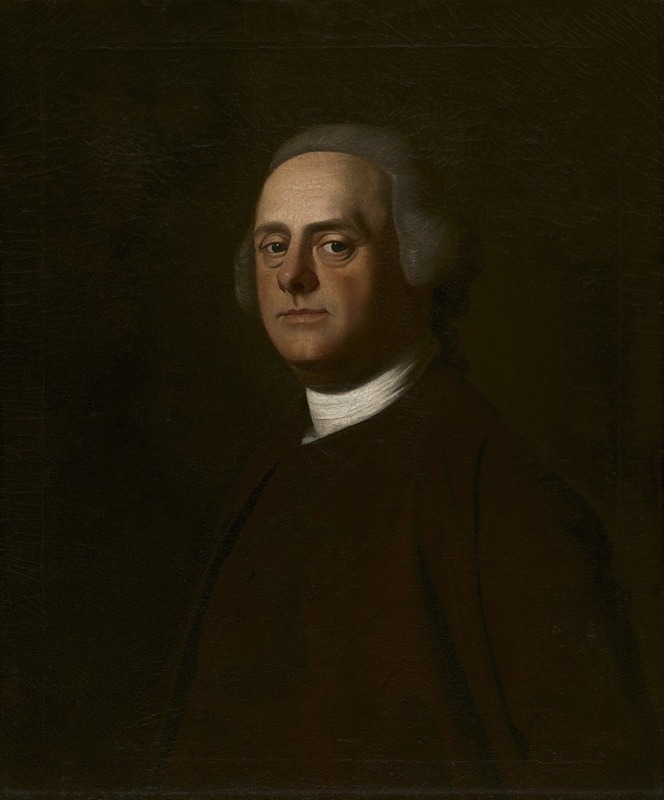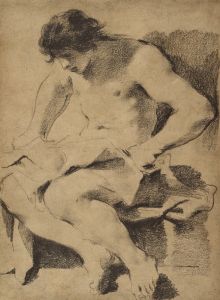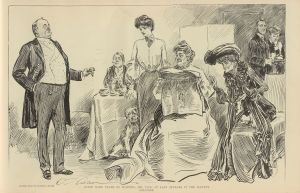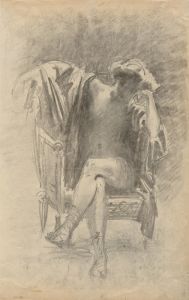
Joseph Gerrish
A hand-painted replica of John Singleton Copley’s masterpiece Joseph Gerrish, meticulously crafted by professional artists to capture the true essence of the original. Each piece is created with museum-quality canvas and rare mineral pigments, carefully painted by experienced artists with delicate brushstrokes and rich, layered colors to perfectly recreate the texture of the original artwork. Unlike machine-printed reproductions, this hand-painted version brings the painting to life, infused with the artist’s emotions and skill in every stroke. Whether for personal collection or home decoration, it instantly elevates the artistic atmosphere of any space.
John Singleton Copley was a prominent American painter in the 18th century, renowned for his portraits of important figures in colonial New England. One of his works is the portrait of Joseph Gerrish, which exemplifies Copley's skill in capturing the likeness and character of his subjects with meticulous detail and realism.
Joseph Gerrish was a member of a prominent family in colonial Massachusetts. The Gerrish family was well-established and influential in the region, and Joseph Gerrish himself was involved in various civic and business activities. However, specific details about his life and accomplishments are not extensively documented, which is often the case with many of Copley's subjects who were not public figures.
Copley's portrait of Joseph Gerrish is typical of his style during the period, characterized by a focus on realism and attention to detail. Copley was known for his ability to depict textures and materials with great precision, and this is evident in the rendering of clothing and other elements in the portrait. The painting likely captures Gerrish in a dignified pose, reflecting his status and personality, as was customary in Copley's portraits.
Copley's work is noted for its use of light and shadow to create a sense of depth and volume, and his portraits often convey a sense of the sitter's presence and character. This approach was influenced by the techniques of European masters, which Copley studied and adapted to his own style. His ability to convey the individuality of his subjects made him one of the most sought-after portraitists in colonial America.
The portrait of Joseph Gerrish, like many of Copley's works, would have been commissioned by the sitter or their family, serving both as a personal keepsake and a symbol of social status. Portraits in this era were important markers of identity and legacy, often displayed prominently in the homes of the subjects or their descendants.
Copley's career in America was marked by his success in capturing the likenesses of many influential figures of the time. However, in 1774, he moved to London, where he continued to develop his career and adapt his style to the tastes of the European art market. His move was partly motivated by the desire to gain exposure to a broader artistic community and to escape the political tensions in America leading up to the Revolutionary War.
The portrait of Joseph Gerrish remains an example of Copley's early American work, reflecting both the artist's technical skill and the cultural context of colonial New England. While specific details about the painting's current location or provenance may not be widely documented, it contributes to the larger body of Copley's work that provides insight into the people and society of 18th-century America.

















